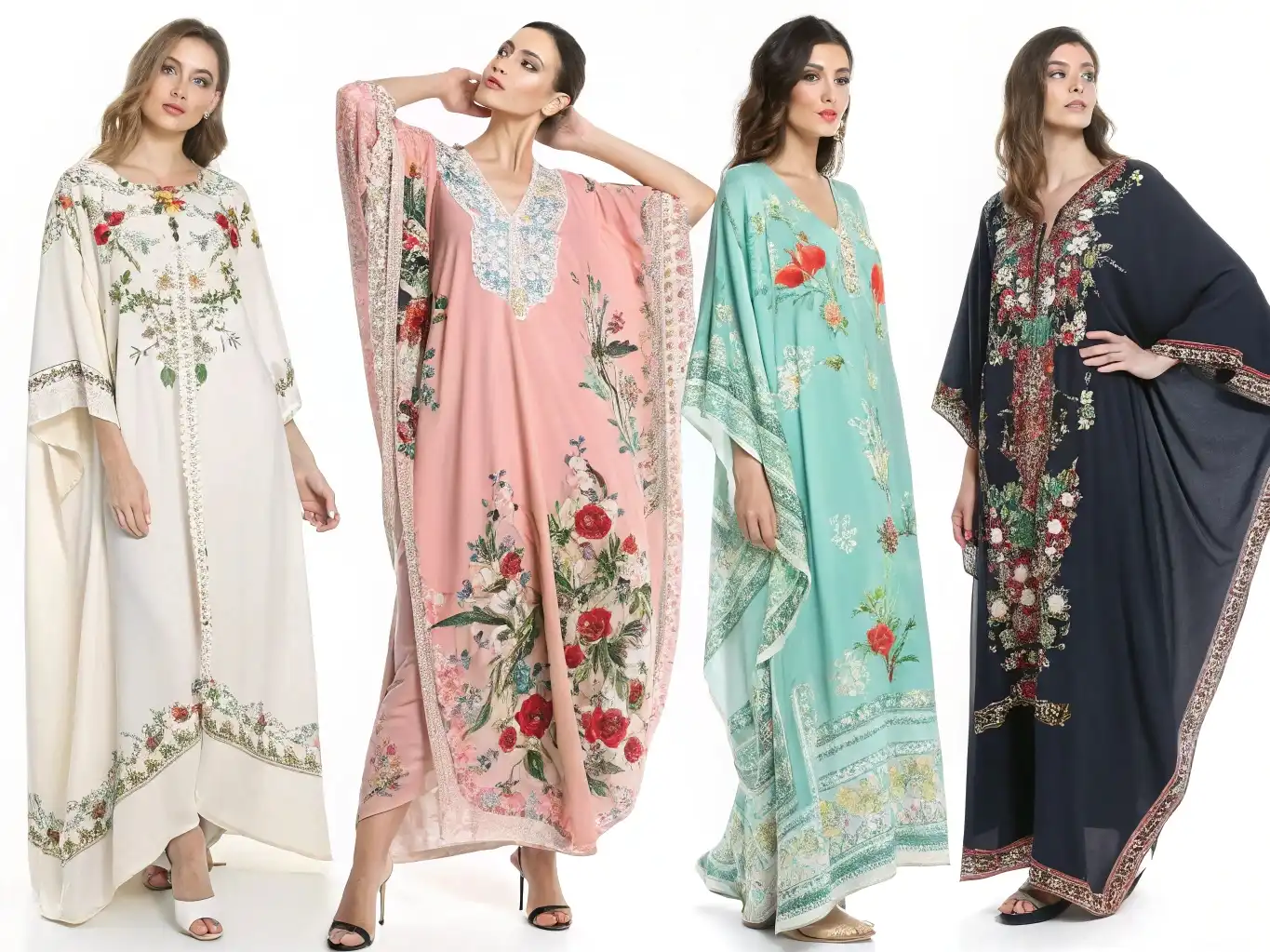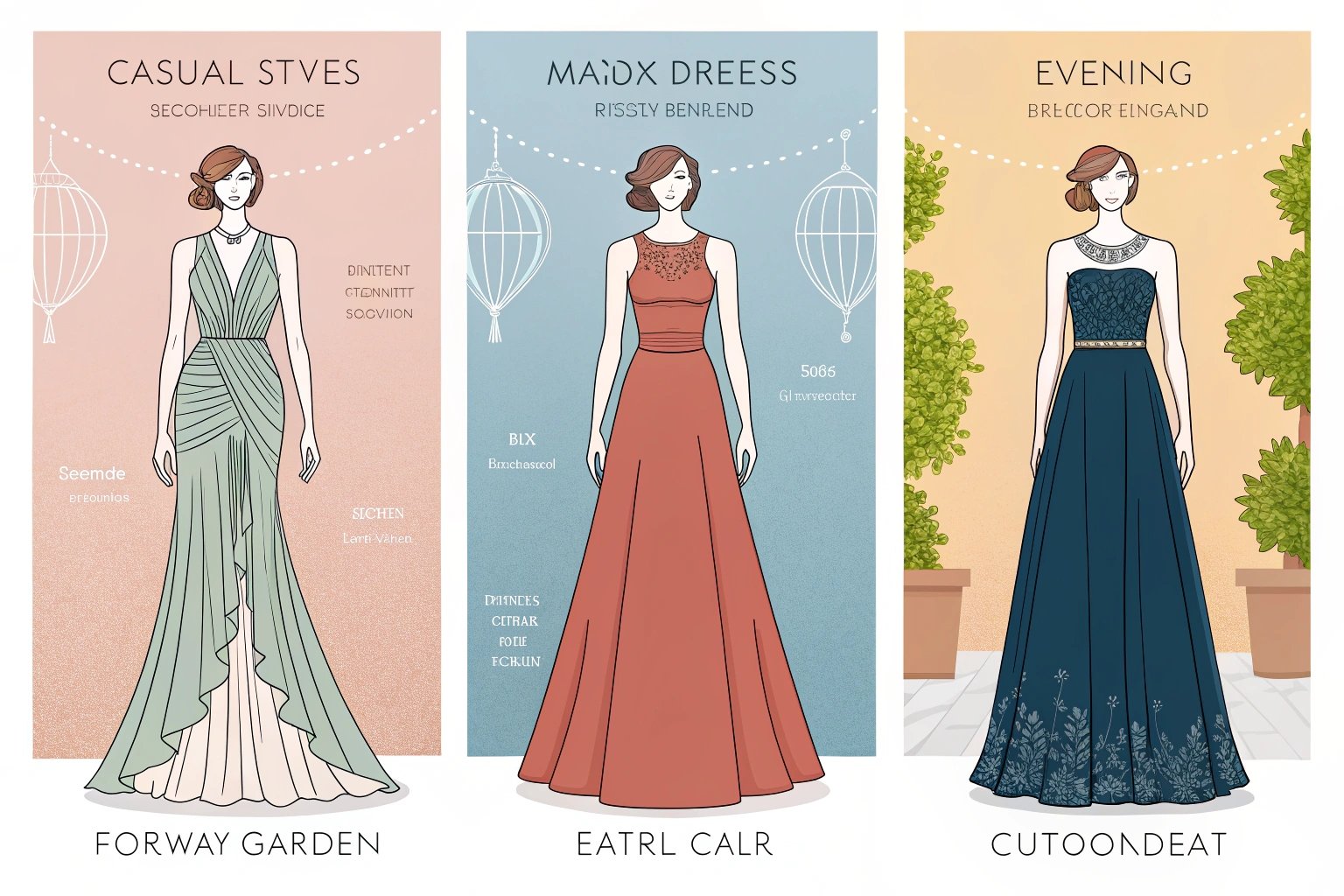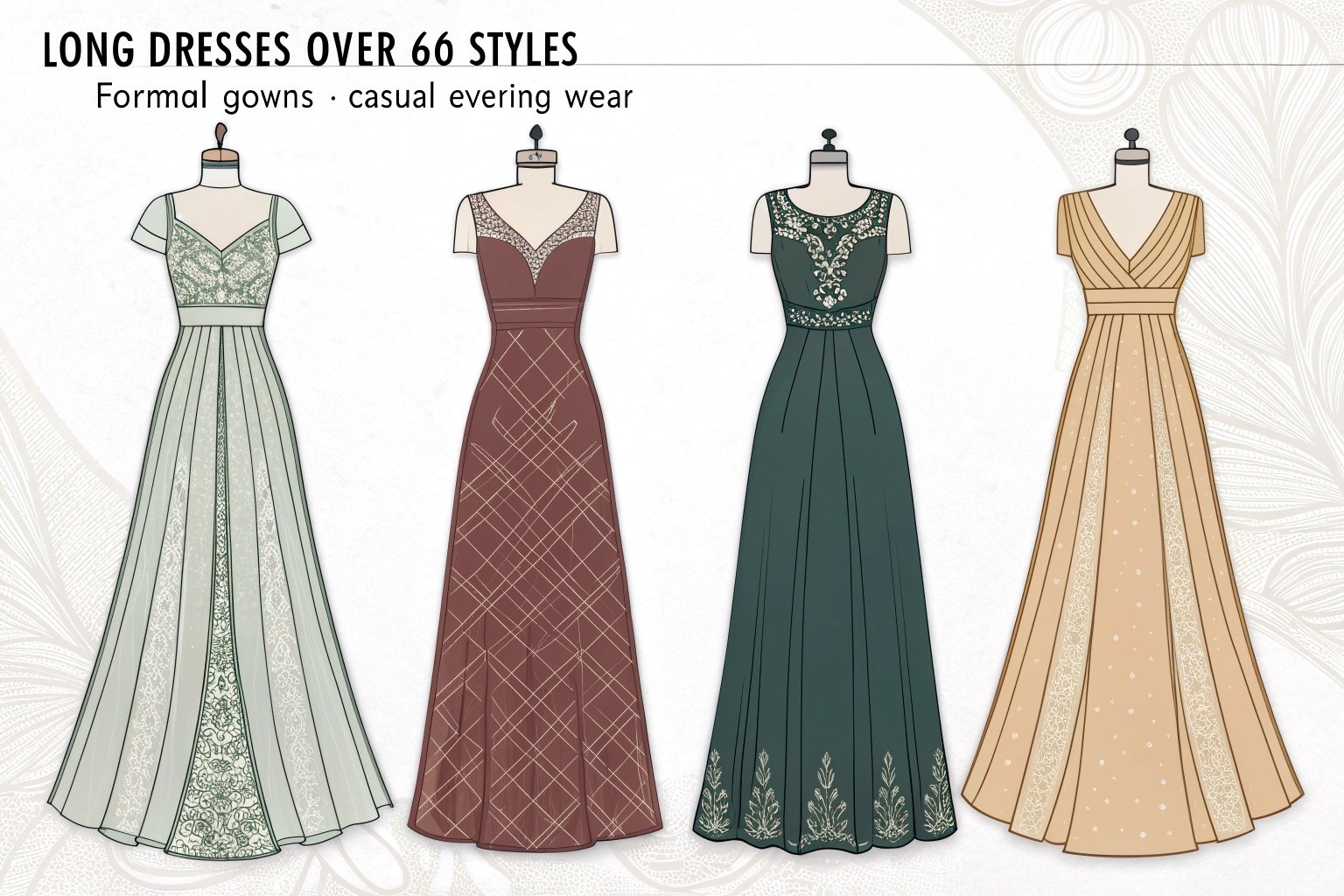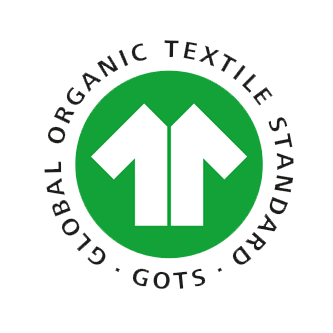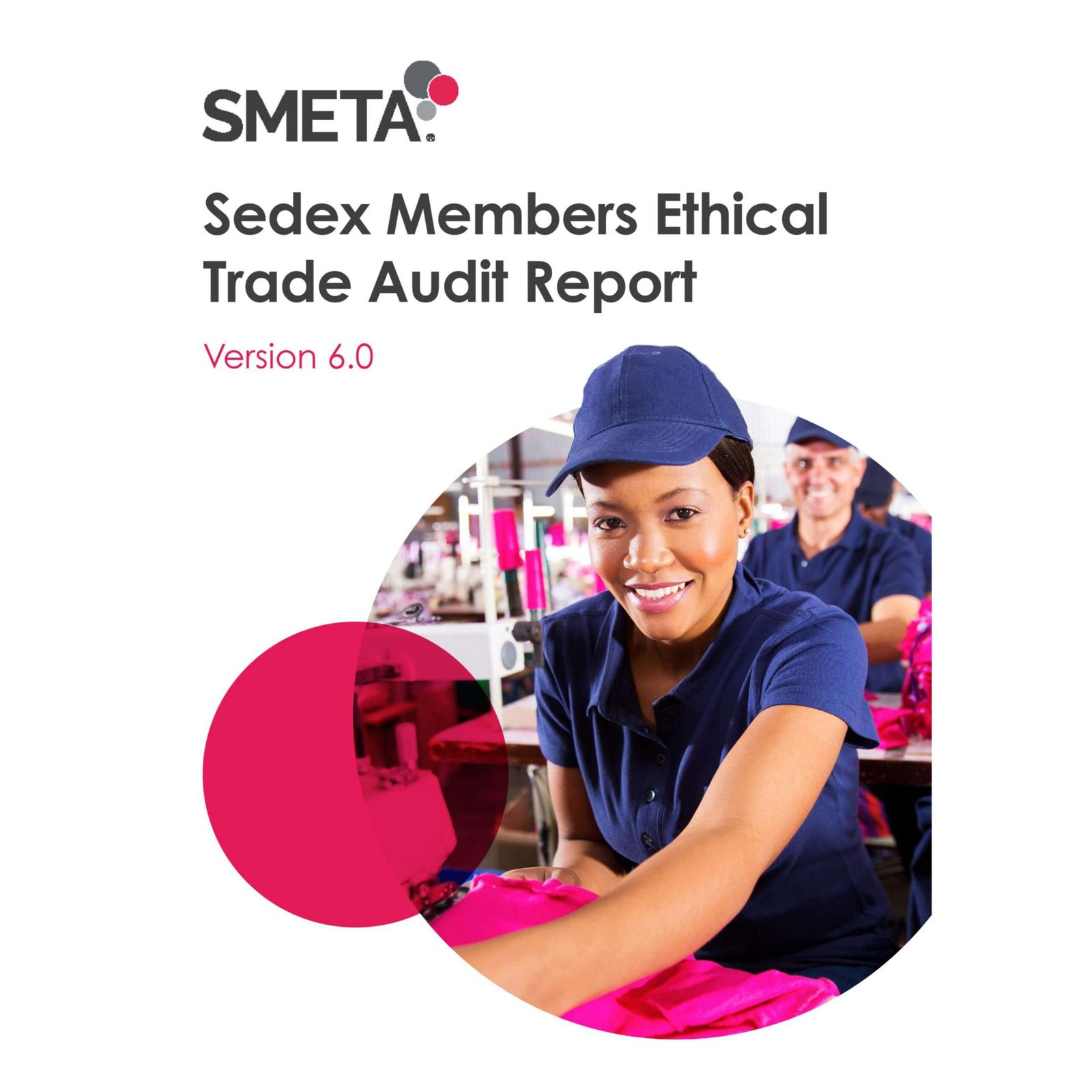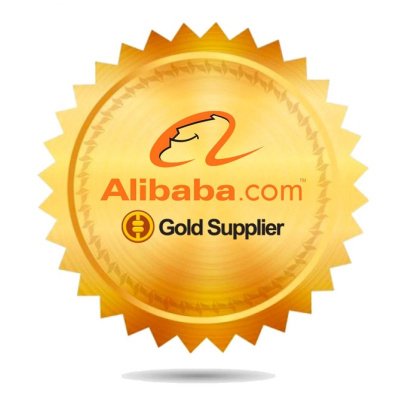As a China-based women’s fashion manufacturer serving global brands, we often explore how materials from other countries influence global fashion. Thailand stands out not for what we use directly in production, but for how it inspires design directions, textile innovation, and sustainable sourcing ideas.
Thailand is most famous for its luxurious silk—handwoven from mulberry-fed silkworms—and a growing range of eco-conscious and culturally rooted materials like indigo-dyed cotton and banana fiber blends.
While our main production uses China-sourced fabrics, we follow material trends globally to better serve fashion brands seeking originality and meaning.

Why does Thai silk remain an iconic reference in the textile world?
Thai silk has long been admired in fashion circles for its deep sheen and handwoven texture.
Made from mulberry silkworms, Thai silk has a crisp feel, intense luster, and slight irregularity that signals authenticity—making it a visual and tactile favorite for occasionwear or heritage-inspired fashion.
Even if we don’t directly use Thai silk in large-scale production, it often inspires premium capsule collections. The storytelling, weaving process, and cultural significance offer cues for product narratives.
Quick highlights of Thai silk:
- Iridescent under light, perfect for statement designs
- Strong and breathable due to natural fiber composition
- Often hand-dyed, producing bold, lasting colors
- Signature texture: a bit crisp, never completely smooth
| Attribute | Thai Silk | Chinese Silk |
|---|---|---|
| Look | Iridescent | Smooth, glossy |
| Texture | Crisp, textured | Soft and even |
| Dye Holding | Excellent | High |
| Output Scale | Small batch | Large scale |
How is Thai cotton influencing casual and resortwear design?
Thai cotton is soft, breathable, and usually handwoven—ideal for relaxed silhouettes.
Often dyed with natural indigo or mud pigments, Thai cotton provides a raw, rustic aesthetic that resonates in minimalist or coastal-inspired women’s fashion collections.
In our design work, we study these textures and dye effects to adapt similar looks with China-based cotton sources. The tone and tactile feel can inform garment washes and finishes.
Traits of Thai handwoven cotton:
- Loosely structured, giving garments body
- Slight texture variations add uniqueness
- Great for layering pieces and vacationwear
- Low-impact dye processes align with eco trends

What can we learn from Thailand’s plant-based eco-textiles?
Thailand is experimenting with some of the most interesting biodegradable fabrics in Southeast Asia.
Banana fiber, pineapple fiber, and lotus silk blends are being developed into niche textiles that appeal to fashion brands with sustainability at their core.
While these fabrics aren’t widely available for large-volume use, they influence how we work with our own fiber suppliers in China—pushing for more plant-based and recycled fiber blends.
Notable eco-textiles from Thailand:
- Banana fiber: Textured and sturdy, often used in panels
- Pineapple leaf fiber: Lightweight, semi-sheer—good for trims
- Lotus silk: Very niche, but incredibly soft and breathable
These materials set the tone for global fabric innovation. Even if not sourced directly, they help us anticipate client needs.
How do traditional Thai textile techniques influence design direction?
Textile motifs and weaving styles offer cultural depth, which brands increasingly seek.
Thai patterns such as Lai Thai, Naga curves, and Phikun flowers are now abstracted into modern surface prints, woven jacquards, or embroidery styles.
We may use simplified or reinterpreted versions of these motifs in digital prints or lace accents. The goal is to reference heritage while staying fresh.
How to adapt Thai motifs in modern designs:
- Convert curves or flames into vector-based prints
- Combine with modern palettes for trend alignment
- Use in yoke panels or pocket trims to avoid overstatement
Where does Thailand stand compared to China in textile production capacity?
Thailand excels in niche craft and sustainable innovation, but China remains unmatched in scalability, consistency, and fiber variety.
While Thai fabrics inspire limited editions and storytelling lines, Chinese manufacturing provides the infrastructure needed for cost-effective and reliable production.
| Criteria | Thailand | China |
|---|---|---|
| Capacity | Artisan/small batch | High volume |
| Strengths | Craft, natural dyes, heritage | Variety, pricing, consistency |
| Innovation Trend | Eco-fiber and traditional art | Recycled poly, tech fabrics |
| Application | Design inspiration | Core sourcing |
We often integrate visual elements from Thai fabric aesthetics using scalable materials from our Chinese supply base.

How does Thai textile innovation shape the expectations of global fashion buyers?
Today’s buyers—especially for indie or DTC brands—want both sustainability and storytelling.
Thailand’s textile story—rich in culture, handcraft, and natural materials—helps shape global sourcing trends even when actual volumes come from elsewhere.
Our role is to translate these global inspirations into scalable solutions. We observe:
- Increasing demand for organic dye effects
- Interest in blend fabrics with story (e.g. bamboo, hemp)
- Desire for texture, irregularity, and visual uniqueness
Thai textiles inspire us to innovate within our Chinese supply chain—offering global buyers something that looks fresh, but delivers reliably.
Conclusion
As a China-based women’s fashion manufacturer, we watch textile trends globally to guide material planning and design. Thai fabrics—especially silk, cotton, and eco-blends—provide creative inspiration that we translate into scalable, brand-ready styles for international buyers.


